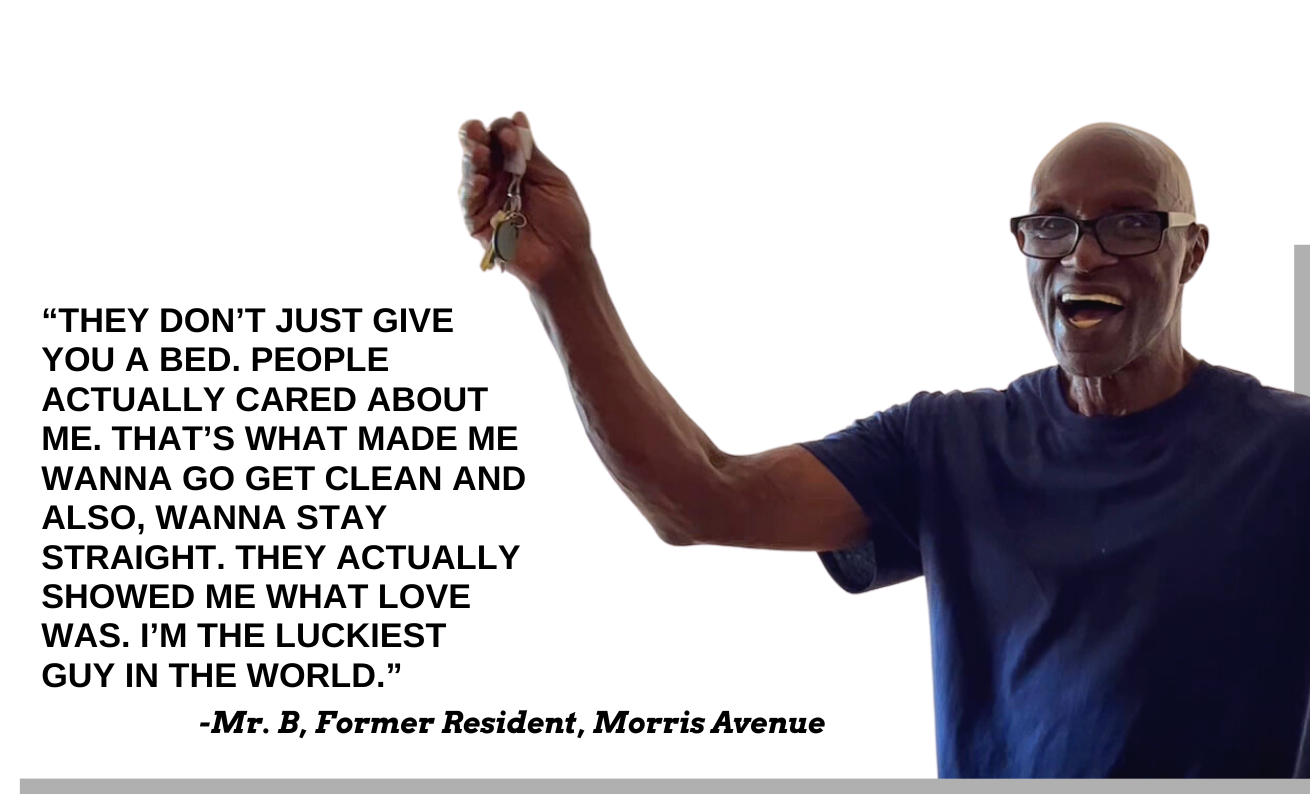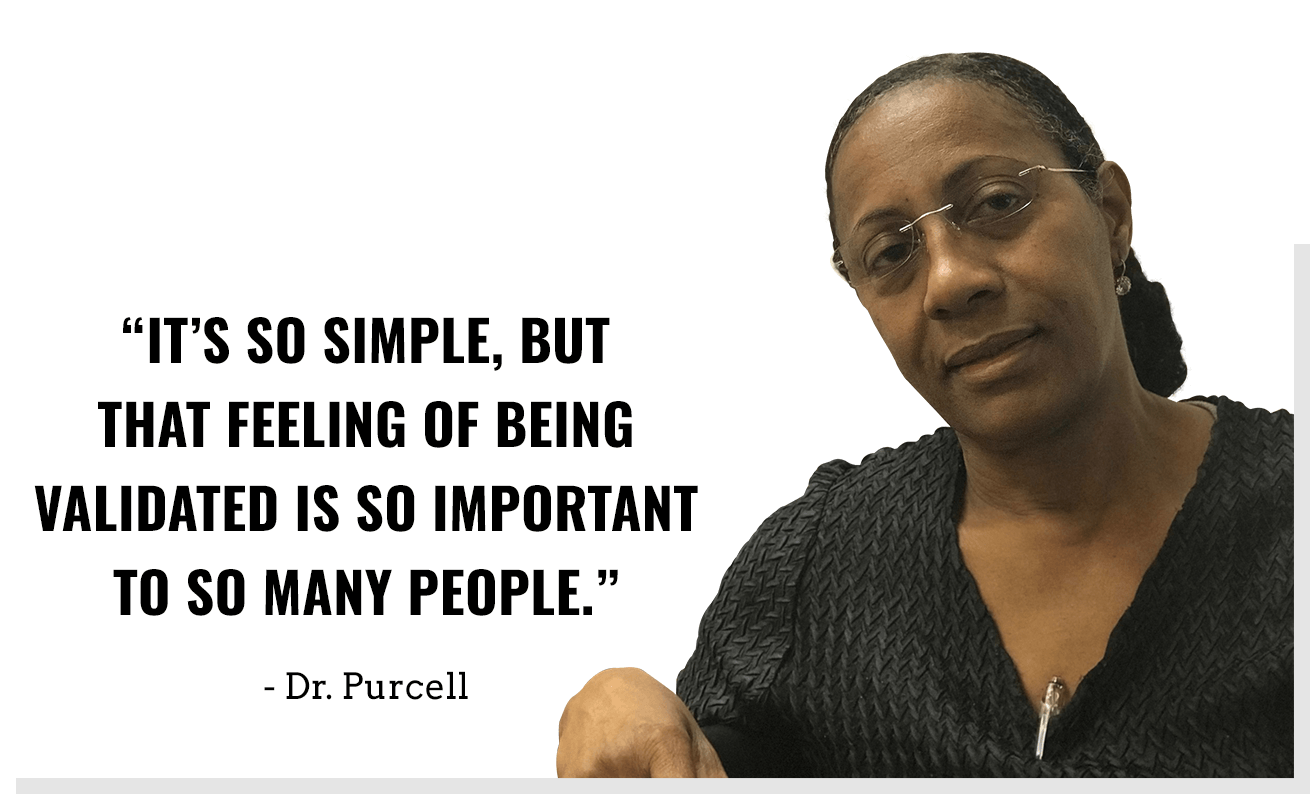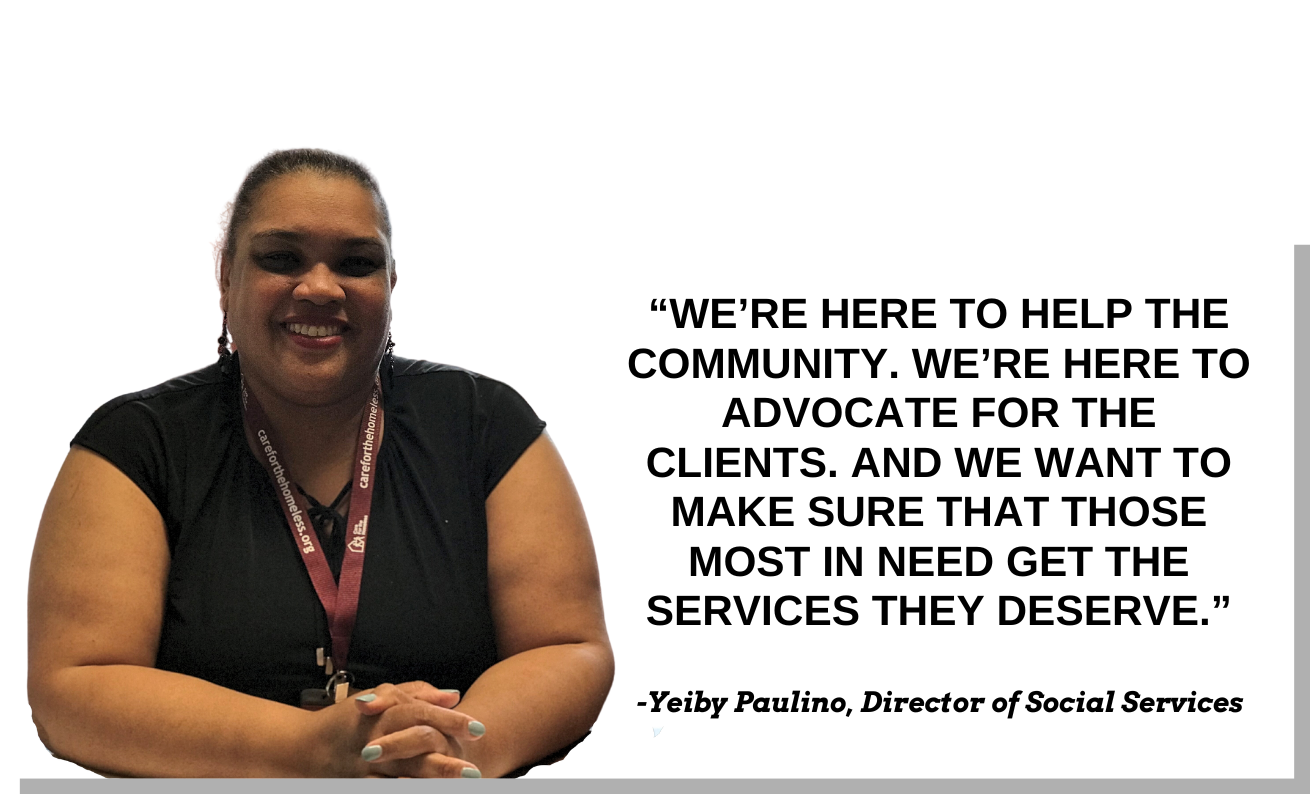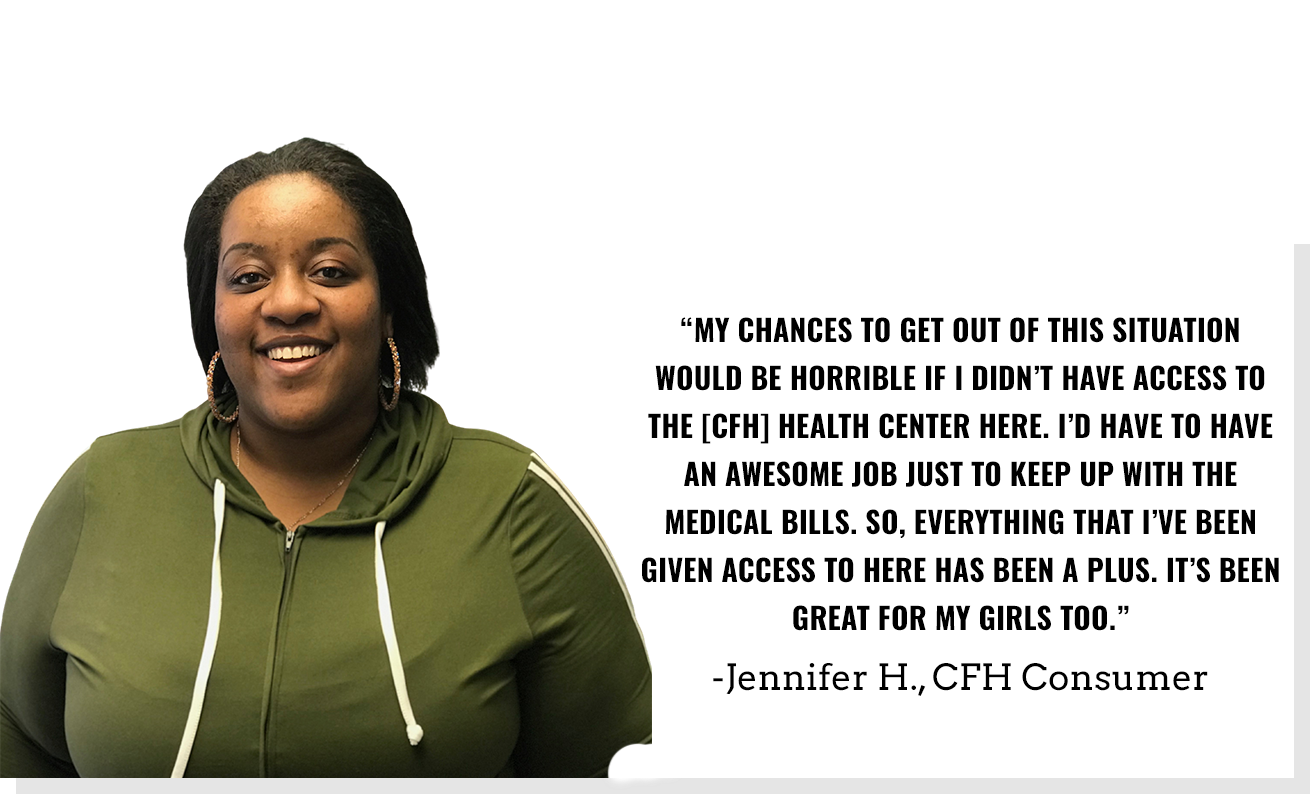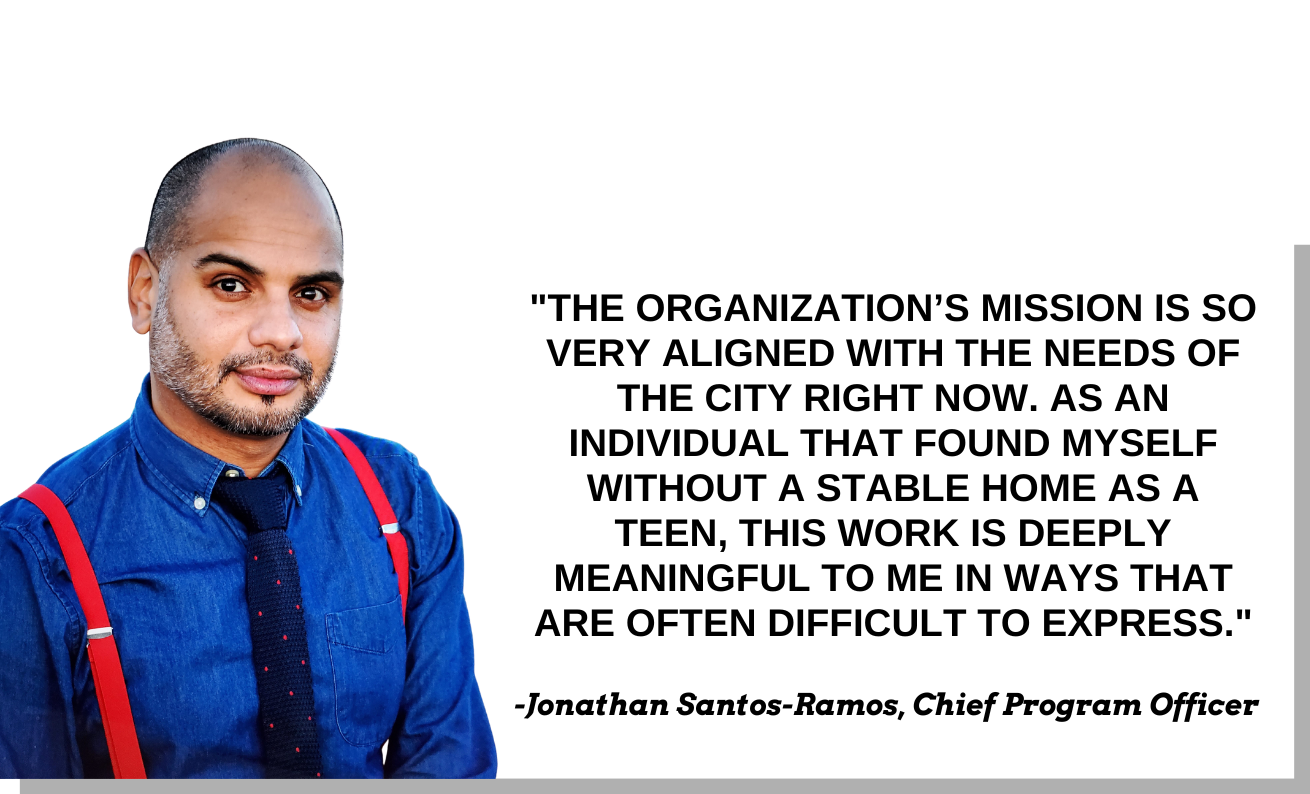Domestic Violence and Homelessness
Domestic violence has long been recognized as a leading cause of housing instability for families in the United States. Last month, during domestic violence awareness month, NYC Comptroller Scott Stringer issued an in-depth report looking at the rise in domestic violence (DV) incidents and subsequent housing insecurity in New York City. The report looks at data from 2014 to 2018 that shows an upward trend of DV as the leading cause of homelessness for families residing in the Department of Homeless Services (DHS) shelters. Notably, the report offers several policy recommendations aimed at strengthening protections for survivors in order to increase housing stability and prevent homelessness.
According to the report, in fiscal year (FY) 2018, DV accounted for 41% of families entering the DHS shelters, up from 30% in FY 2014 (this number does not include the separate 2,514 DV shelter beds run by the Human Resources Administration (HRA)). In this same period the number of families entering shelters annually due to DV rose by 44%. The demographics are overwhelmingly young women of color, often with children, who have limited income and education and, as a result, find it difficult to support a family and retain housing. Also, the neighborhoods of origin accounting for the most DHS shelter entries due to DV are from the Bronx and Brooklyn, 38% and 30% respectively.
New York City has robust services and protections for survivors of DV. But, as the numbers show, the current protections are not enough to address the growing need. Furthermore, a lack of safe alternative housing is a barrier and consequence of leaving an abusive situation and is made even worse with the scarce availability of affordable housing in NYC.
The report offers recommendations intended to build on current programs and strengthen protections for survivors of DV to ultimately help prevent homelessness. Some of the recommendations are the following:
- Increasing financial assistance offered to survivors to access stable housing, including supportive housing placements. This includes creating a “Survivor Housing Stability Fund”, targeted at survivors who may not have immediate access to financial resources.
- Increasing the capacity of the HRA DV shelter system in order to ensure that those who need confidential emergency shelter in service rich facilities can access it. Also, extending the time limit of 180 days in DV shelters in order to prevent families from having to move into the DHS shelter system, or into unsubsidized housing.
- Strengthening legal protections for survivors, including an early lease termination policy which currently applies only to survivors who have obtained an order of protection. The current legal requirements are onerous and unnecessarily complex and often beyond the abilities of those who must struggle to comply.
- Expanding the Family Justice Center model to target communities with the highest level of DV survivors entering and DHS and HRA shelter facilities. Also, expanding the right to counsel to capture the zip codes of origin for the families entering the shelter system in order to help prevent homelessness.
The report offers a well-developed and lucid examination of the problems and the numerous barriers currently facing survivors of DV. It offers a series of logical and important modifications and changes to current law that would be of great value and importance to DV survivors. Modifications that would lead to significant reductions in the population of DV survivors experiencing homelessness.
Click Here to Download November 2019 Policy Matters Newsletter

